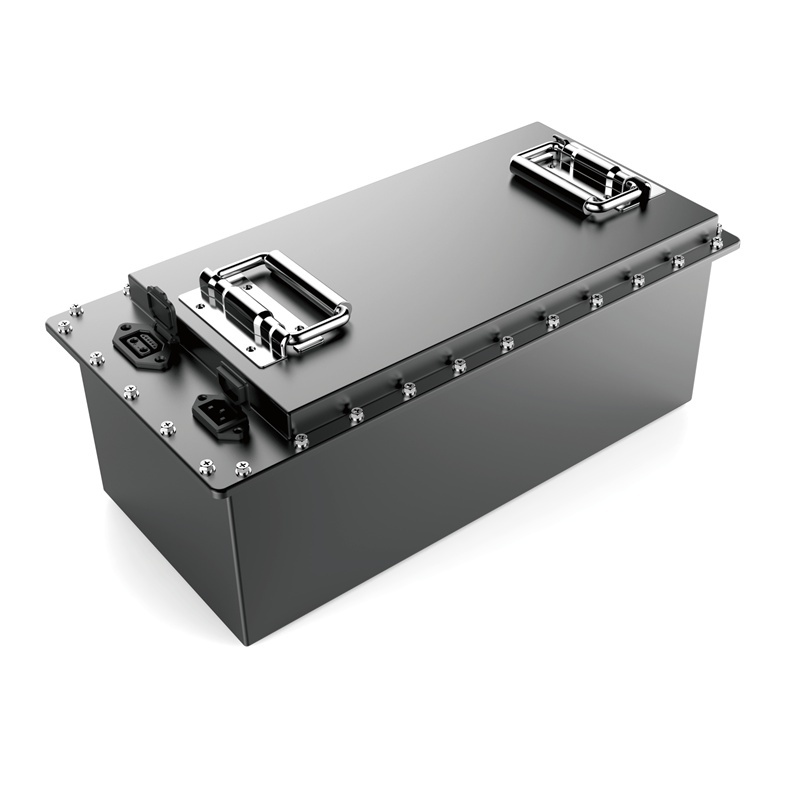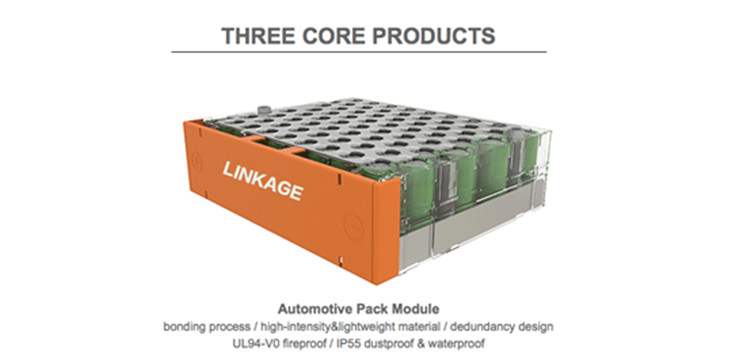- 20
- Dec
Explain in detail the current situation analysis and development trend of the development plan of the power lithium battery acquisition industry in my country
With the rapid development of the new energy vehicle industry, my country has become a frontier country in the production and sales of new energy vehicles. The production and sales of power batteries are increasing year by year. The recovery of power batteries is imminent and the society is paying great attention.
New energy vehicles have a service life. If the power battery of an electric vehicle is improperly disposed of after being scrapped, it will bring environmental impact and safety risks to the society on the one hand, and waste of resources on the other hand. Therefore, the recycling of power batteries for new energy vehicles is very important.

Power lithium battery recycling refers to the centralized recycling of scrapped power batteries, the recycling of nickel, cobalt, manganese, copper, aluminum, lithium and other elements in the battery through process technology, and then recycling these materials back to the power lithium battery pack and apply it new energy vehicles.
In the initial stage of the industry, policy support development
As an emerging field, power battery recycling is still in its infancy. In order to strengthen the management of the recycling and utilization of power batteries for new energy vehicles, standardize the development of the industry, and promote the comprehensive utilization of resources, the state has issued a number of policies and measures.

In January 2018, the Ministry of Industry and Information Technology, the Bureau of Energy, the Ministry of Environmental Protection and other departments jointly issued the “Interim Measures for the Management of Recycling and Utilization of Power Batteries for New Energy Vehicles.”
The promulgation of the “Interim Measures for the Management of the Recycling and Utilization of Power Batteries for New Energy Vehicles” provides an important guarantee for the healthy development of the recycling and utilization of power batteries for new energy vehicles. In order to better promote the implementation of the “Administrative Measures”, subsequent relevant departments issued the “Interim Regulations on the Management of the Recycling and Traceability of Power Batteries for New Energy Vehicles.”
Different recycling processes can meet different needs
Power battery is the most commonly used product type. Lithium batteries use metal oxide doped with lithium ions as electrodes to transfer lithium ions to complete charge and discharge. Lithium batteries are generally composed of a positive electrode, a negative electrode, a separator, and an electrolyte.
There are various recycling technologies for power batteries, which are suitable for different occasions.
(1) Pyrometallurgy
The waste lithium battery is roasted at high temperature, and the fine powder containing metal and metal oxide is obtained through simple mechanical crushing.
Process characteristics: The process is relatively simple and suitable for large-scale processing; but the combustion of battery electrolyte and other components can easily cause air pollution. The pyrometallurgical process is shown in the figure.
(2) Combined recycling process
By optimizing the use of combined recycling processes, the advantages of each basic process can be fully utilized and the economic benefits of recycling can be maximized.
(3) Hydrometallurgy
After the waste batteries are broken, they are selectively dissolved with appropriate chemical reagents to separate the metal elements in the leachate. Process characteristics: good process stability, suitable for the recovery of small and medium-sized waste lithium batteries; but the cost is high, and the waste liquid needs further treatment.
(4) Physical disassembly
After crushing, sieving, magnetic separation, fine grinding, and classification of the battery pack, high-content materials are obtained, and then the next step of recycling is carried out. Process characteristics: The process is very environmentally friendly and will not produce secondary pollution; but the processing efficiency is low and it takes a long time.
Promote market demand for new energy vehicles
The promotion and application of new energy vehicles has become the global mainstream. In recent years, China has also actively promoted and popularized the use of electric vehicles. With the rapid rise of the new energy vehicle market, the demand for power lithium batteries has also followed.
According to statistics, my country’s new energy vehicle market has grown rapidly in recent years. Among them, sales increased from 18,000 in 2013 to 777,000 in 2017, a year-on-year increase of 4216.7%. Until this year, despite the impact of subsidy adjustments, sales of new energy vehicles have maintained rapid growth. From January to August, the cumulative sales of new energy vehicles reached 601,000, a year-on-year increase of 88%. By 2018, China is expected to sell 1.5 million new energy vehicles.
In addition, according to data from the Ministry of Public Security, as of the end of June, the number of motor vehicles in China was 319 million, of which the number of vehicles was 229 million. As of the end of the first half of this year, the number of new energy vehicles in the country reached 1.99 million, accounting for only about 0.9% of the total number of vehicles, and there is a lot of room for growth.
The promotion effect of new energy vehicles is remarkable, and the production demand for power lithium batteries is strong. The latest data shows that in July 2018, the installed capacity of lithium batteries in the domestic new energy vehicle market was 3.4GWh, an increase of 16% month-on-month and a year-on-year increase of 30%; the cumulative installed capacity from January to July was 18.9GWh, a year-on-year increase of 126%.
With the further popularization of new energy vehicles in the future, the output of power lithium batteries will continue to rise, and the growth rate will slow down. It is estimated that by 2020, the installed capacity of China’s power lithium batteries will exceed 140GWh. As power lithium batteries enter the market, a large number of retired batteries will be disposed of after reaching the end of their service life. The rapid development of the new energy vehicle market and the rise of power lithium batteries have brought huge demand to the power lithium battery recycling industry.
The power lithium battery recycling market has broad prospects and the market scale is huge
In recent years, the production and sales of power batteries have increased year by year, and a large number of batteries are facing scrap and scrap. It is estimated that from the comprehensive calculation of the company’s warranty period, battery cycle life, and vehicle usage conditions, the new energy vehicle power battery will enter a large-scale retirement after 2018, and it is expected to exceed 200,000 tons (24.6GWh) by 2020. In addition, if 70% can be used for echelon use, about 60,000 tons of batteries will be scrapped.
The rapid increase in the amount of power battery retirement has brought a huge market for the power lithium battery recycling industry.
The scale of the recycling market formed by recovering cobalt, nickel, manganese, lithium, iron, aluminum, etc. from waste power lithium batteries will exceed 5.3 billion yuan in 2018, 10 billion yuan in 2020, and 25 billion yuan in 2023.
Different types of power lithium batteries have different metal contents, corresponding to different amounts and prices of recyclable metals. It is estimated that in 2018, in the newly discarded power lithium batteries, the recyclable nickel consumption is as high as 18,000 tons. After calculation, the corresponding nickel recycling price reached 1.4 billion yuan. Compared with nickel, the recovery rate of lithium is relatively small, but the recovery price is much higher than that of nickel, reaching 2.6 billion yuan. Increasing the energy density of lithium batteries to more than 400Wh/kg will significantly increase the mileage of electric vehicles. Taking BAIC EV200 as an example, a 400Wh/kg battery is equivalent to a volumetric energy density above 800Wh/L. While keeping the existing battery pack capacity and the power consumption of 100 kilometers per ton unchanged, a single charge can not only last 620 kilometers; it can also reduce costs, extend the service life, and solve the problem of large performance differences between electric vehicles and fuel vehicles. A few days ago, Li Hong said in an interview with a reporter from Science and Technology Daily.
As the national new energy vehicle power lithium battery research and development is an important link in the entire layout, the task of the project is to develop the energy density of the battery in an industrial chain of more than 400 wh/kg, and the accumulated understanding of key basic scientific issues and key technologies , And provided important reference and guidance for the company’s simultaneous development of 300 wh/kg batteries.
In this project, the long-life lithium battery new materials and new system R&D team undertakes the task of challenging the battery’s extreme energy density.
